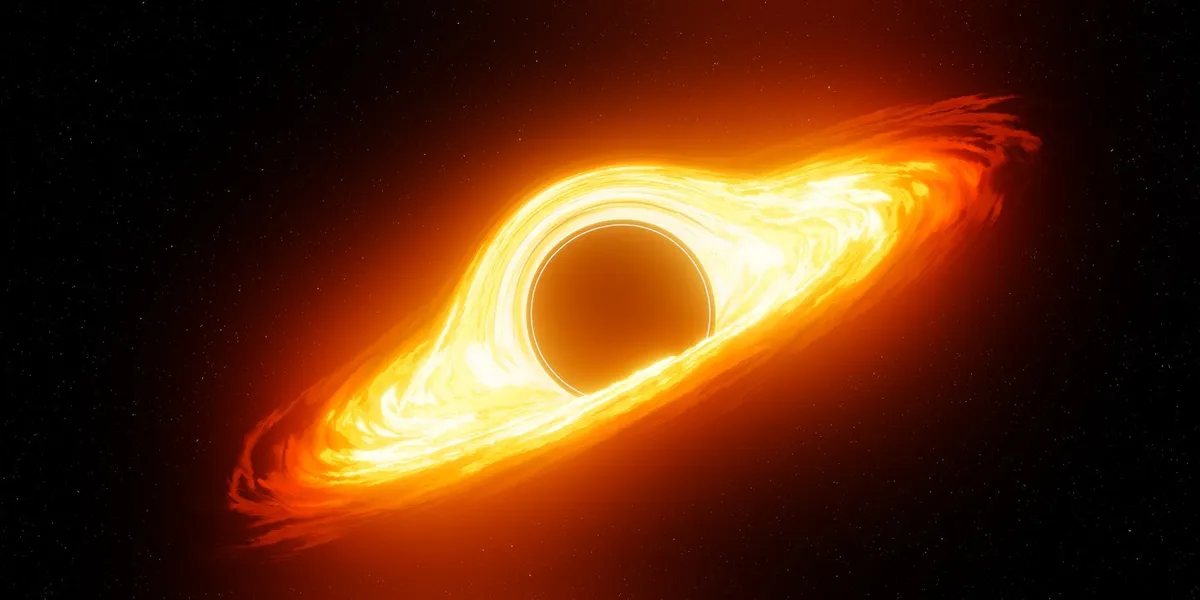
When galaxy GN-z11 was discovered by the Hubble Space Telescope in 2016, it was the farthest galaxy that had ever been observed. Its birth happened 13.4 billion years ago, only 400 million years after the Big Bang. However, even though GN-z11 isn’t the distance record holder any longer, experts are still intrigued by it. Now, using the James Webb Space Telescope, researchers have found that the galaxy contains the oldest black hole ever observed. This could shed some light on GN-z11’s amazing brightness.
Its luminosity is a puzzle, given how old and small it is. The Universe’s youth at the time makes it challenging to account for the formation of so many bright, young stars in such a short span.
University of Cambridge professor and lead author of the Nature study, Roberto Maiolino, and his international colleagues give a strong reason for the galaxy’s brightness: it is actually a supermassive black hole. To be more precise, the abyss is approximately 1.6 million times the mass of the Sun.
Even though black holes famously don’t give off light, the researchers think GN-z11’s bright glow might be caused by hot and bright matter zipping toward it. Maiolino describes the findings as “a giant leap forward” in cosmic understanding.
This black hole challenges existing theories on black hole formation and growth due to its early appearance in the Universe. Astronomers typically believe that supermassive black holes accumulate mass over billions of years, like our Milky Way’s central black hole, Sagittarius A*. However, the size of this new find suggests they might start big or grow much faster than previously thought.
“It’s very early in the universe to see a black hole this massive, so we’ve got to consider other ways they might form,” said Maiolino, from Cambridge’s Cavendish Laboratory and Kavli Institute of Cosmology. “Very early galaxies were extremely gas-rich, so they would have been like a buffet for black holes.”
Standard models say supermassive black holes begin from dead star remnants and can grow to about a hundred times the mass of the Sun. The team’s observations here suggest that this black hole would have needed about a billion years to reach its current size under normal conditions. Yet, this timeline contradicts the black hole’s age, suggesting a faster growth process.
Maiolino, based at Cambridge’s Cavendish Laboratory and Kavli Institute of Cosmology, speculates that the gas-rich environments of early galaxies could have accelerated black hole growth.
Astronomers detect black holes by observing their accretion discs, where matter heats and emits strong ultraviolet radiation, indicating a black hole’s presence. And this ancient black hole consumes matter much more vigorously than its counterparts. As it feeds, the black hole generates powerful winds that can expel gas from the galaxy, potentially stopping star formation. Since stars are made of gas, it could stop new stars from forming, slowly suffocating the galaxy.









